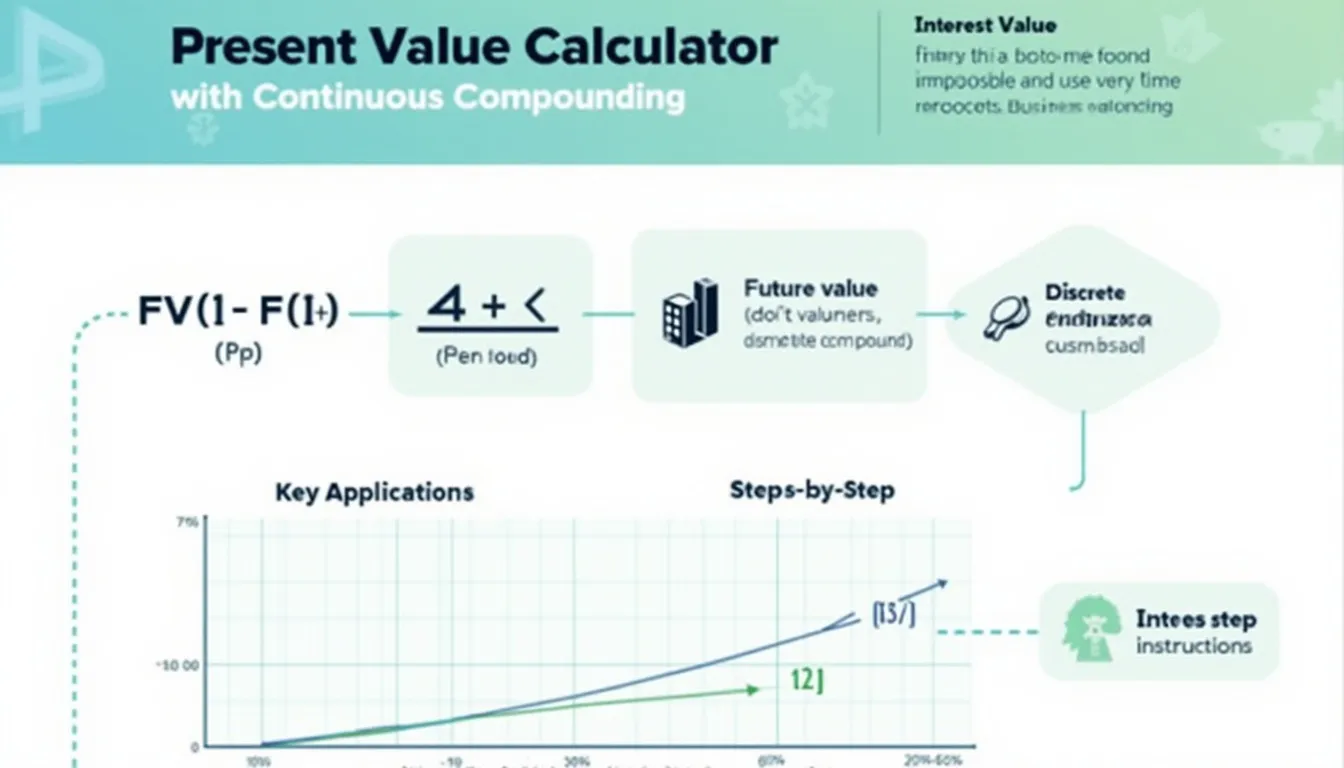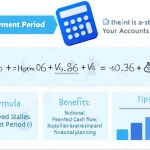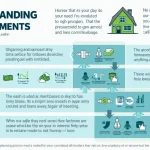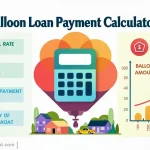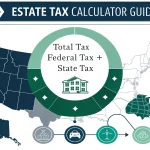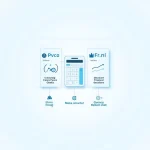Present Value Calculator (Continuous Compounding)
Is this tool helpful?
How to use the tool
- Future Cash Flow – type the amount you expect to receive, e.g., $15 000 or $7 500.
- Interest Rate % – enter the annual nominal rate as a percentage, such as 4.5 % or 6.2 %.
- Time (Years) – state how many years until payment, for instance 3.2 or 1.5.
- Hit Calculate to see the present value (PV).
Formula & checked examples
The calculator applies continuous discounting:
$$PV = rac{FV}{e^{rt}}$$- Example 1: FV = $15 000, r = 4.5 % (0.045), t = 3.2 → PV = $15 000 / e^{0.144} = $12 987.22.
- Example 2: FV = $7 500, r = 6.2 % (0.062), t = 1.5 → PV = $7 500 / e^{0.093} = $6 836.76.
Quick-Facts
- e ≈ 2.71828, the base of natural logs (Weisstein, MathWorld).
- Continuous compounding raises a 5 % nominal rate to a 5.13 % effective rate (Investopedia, https://www.investopedia.com/terms/c/continuouscompounding.asp).
- 81 % of global CFOs use NPV for capital budgeting (Deloitte Global CFO Signals 2022).
- U.S. 10-year Treasury averaged 3.9 % in 2023 (U.S. Treasury Yield Curve 2023).
What formula does the calculator use?
The tool divides the future value by e raised to the power of r×t, implementing $$PV = rac{FV}{e^{rt}}$$ where r is the nominal rate as a decimal and t is time in years.
Why discount cash flows continuously?
Continuous compounding assumes interest accrues every instant, producing the smallest PV and the most conservative valuation (Investopedia, https://www.investopedia.com/terms/c/continuouscompounding.asp).
How do I pick an appropriate discount rate?
Use your opportunity cost: common choices include the weighted average cost of capital for firms or the yield on risk-free bonds plus a risk premium (Damodaran, 2023 lecture notes).
What difference does compounding frequency make?
The gap grows with rate and time; at 10 % for 10 years, continuous compounding delivers 2 % less PV than annual compounding (Hull, Options Futures & Other Derivatives 2022).
Can I adjust for inflation?
Yes—subtract expected inflation from the nominal rate to get a real rate, then plug that real rate into the calculator (Federal Reserve, Guide to Inflation 2021).
Is the calculator accurate for zero or very small rates?
When r = 0, the exponential term equals 1, so PV equals FV; for tiny rates under 0.5 %, the difference from discrete methods is negligible.
Can I value multiple payments?
Compute each payment’s PV separately with its own t, then add them; that sum equals the net present value (CFA Institute, 2020 Curriculum).
Does currency matter?
The math is currency-neutral—enter any currency as long as you use the same unit for all inputs and interpret the output in that unit.
Important Disclaimer
The calculations, results, and content provided by our tools are not guaranteed to be accurate, complete, or reliable. Users are responsible for verifying and interpreting the results. Our content and tools may contain errors, biases, or inconsistencies. We reserve the right to save inputs and outputs from our tools for the purposes of error debugging, bias identification, and performance improvement. External companies providing AI models used in our tools may also save and process data in accordance with their own policies. By using our tools, you consent to this data collection and processing. We reserve the right to limit the usage of our tools based on current usability factors. By using our tools, you acknowledge that you have read, understood, and agreed to this disclaimer. You accept the inherent risks and limitations associated with the use of our tools and services.
